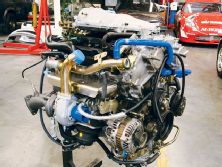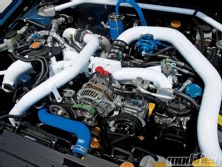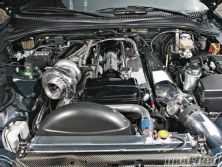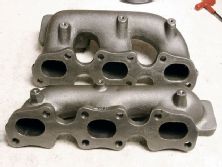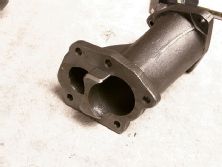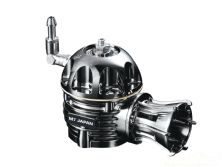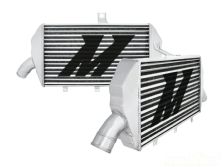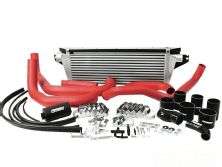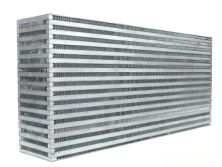If you are an automotive enthusiast, there’s a good chance you already know what a turbocharger is and how it works - you may even own a turbocharged vehicle. However, not all enthusiasts are created equal, and while some are well-versed on the topic, others may raise an eyebrow when the word ‘wastegate’ is brought up. Not to worry, with the help of Yukio Taira of Garrett Turbos, we at Modified have got you covered. In this Turbo 101 article, we will give you a breakdown of the most important factors, components and tips for turbo applications in easy to understand language.
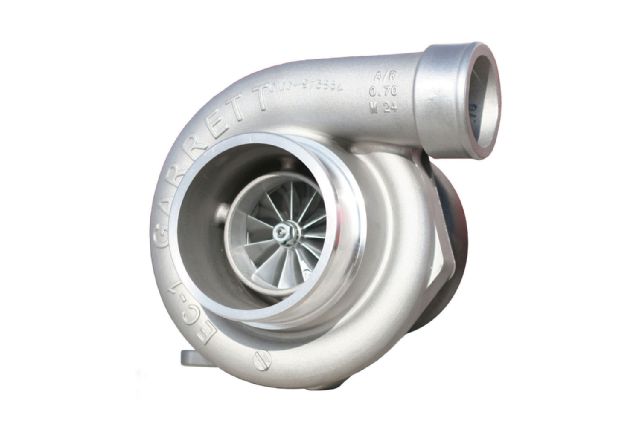 | Garrett Turbo
| Garrett Turbo
Turbocharger Concept
Everyone likes horsepower, so if you want to squeeze more power out of a small or large displacement engine, the amount of air and fuel it can combust needs to be increased. Turbochargers can pack more air and fuel into the cylinders by way of forced induction. They compress the air flowing into the engine, thus dramatically increasing the air density - power gains of up to 50 percent or more can be had.
Typical Turbocharger Components
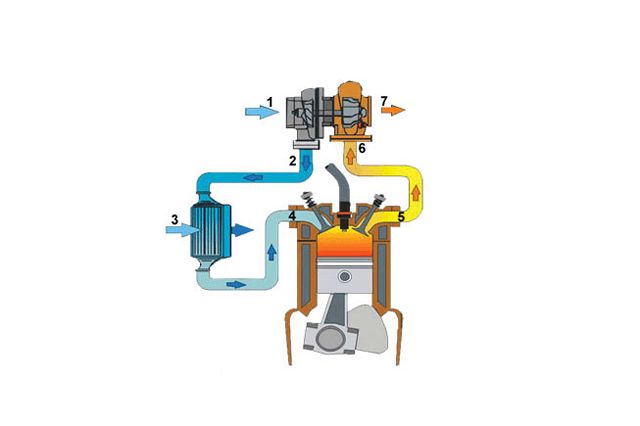 | Image courtesy of www.turbobygarrett.com
| Image courtesy of www.turbobygarrett.com
- Air filter: (not shown) Through which ambient air passes before entering the compressor (1).
- The air is then compressed which raises the air’s density (mass / unit volume) (2).
- Charge air cooler (aka intercooler): (3) Cools the compressed air to further increase its density and to increase resistance to detonation.
- After passing through the intake manifold (4), air enters the engine’s cylinders, which contain a fixed volume. Since the air is at elevated density, each cylinder can draw in an increased mass flow rate of air. Higher air mass flow rate allows a higher fuel flow rate (with similar air/fuel ratio). Combusting more fuel results in more power being produced for a given size or displacement.
- After the fuel is burned in the cylinder it is exhausted during the cylinder’s exhaust stroke in to the exhaust manifold (5).
- The high temperature gas then continues on to the turbine (6). The turbine creates backpressure on the engine which means engine exhaust pressure is higher than atmospheric pressure.
- A pressure and temperature drop occurs (expansion) across the turbine (7), which harnesses the exhaust gas’ energy to provide the power necessary to drive the compressor.
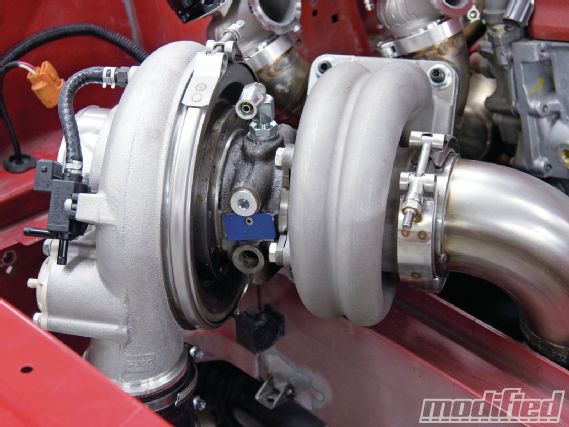 | The investment-cast stainless steel turbine housing offers exceptional flow characteristics and is lightweight. It’s also hard to miss the great aesthetic appeal.
| The investment-cast stainless steel turbine housing offers exceptional flow characteristics and is lightweight. It’s also hard to miss the great aesthetic appeal.
Turbine Housing
In order to achieve added power, the turbocharger uses exhaust gasses collected by the turbine located on the hot side of the turbo. The turbine housing is typically made of cast iron or steel in order to withstand high temperatures. The waste gas is then directed to the turbine wheel, which converts it into energy to drive the compressor.
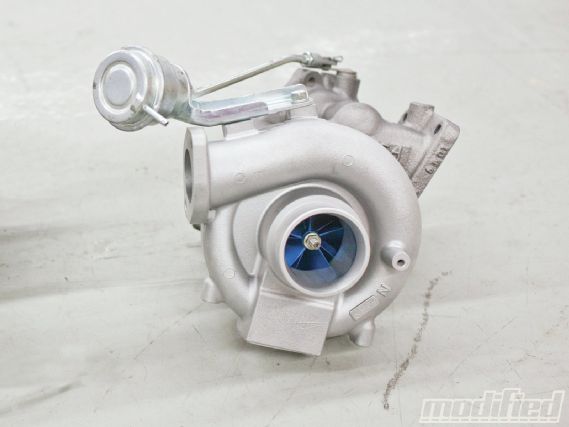 | CBRD BBK Lite
| CBRD BBK Lite
Compressor Housing
Made of aluminum, the compressor housing is located on the cool side of the turbo and connected to the turbine by a common shaft. Its job is to collect ambient air, which the compressor wheel feeds through, producing pressure that is then directed to the engine. The compressor wheel is made of either cast or forged milled billet.
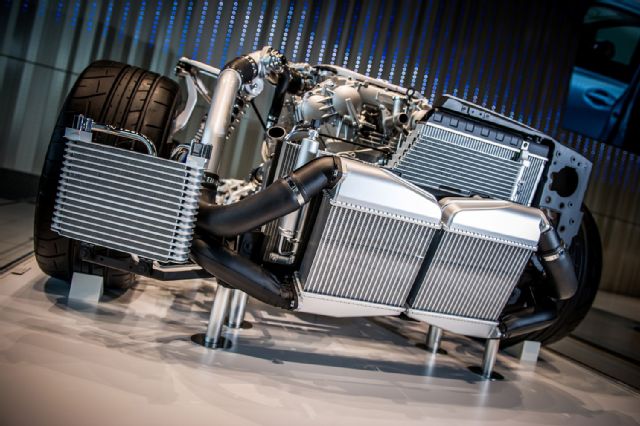 | Nissan GTR VR38 Takumi Intercoolers
| Nissan GTR VR38 Takumi Intercoolers
Intercooler
The amount of energy it takes for the compressor to do its job generates a lot of heat, causing the air that comes out of the compressor to become very hot. This is when the intercooler steps in, using air or water to cool down the hot air before it enters the engine. It’s necessary for the air to be cooled because as air temperature increases, its density decreases, which reduces power.
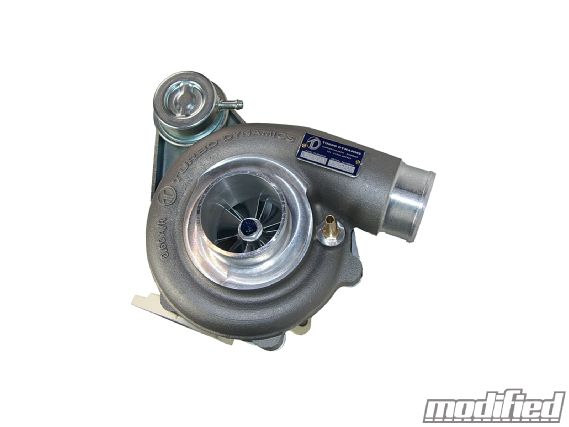 | Turbochargers
| Turbochargers
Turbo Lag
When the throttle is opened and you do not experience an immediate power surge, rather, there is a delay in boost response – you are being subjected to turbo lag. According to Garrett, there are several factors that contribute to lag, including turbo size relative to engine size, the state of tuning of the engine, the inertia of the turbo's rotating group, turbine efficiency, intake plumbing losses, exhaust backpressure, and more.
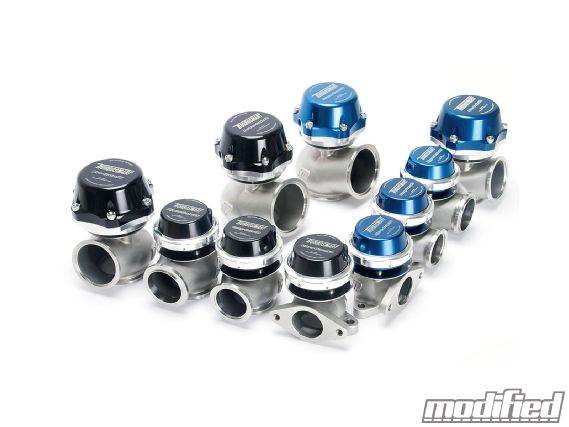 | Turbochargers
| Turbochargers
Wastegates
In order to control the engine’s boost pressure and reduce lag, a wastegate is needed. It allows exhaust flow to bypass the turbine wheel and prevents it from spinning too quickly, which regulates the speed of the compressor. According to Garrett, there are two configurations of wastegates: Internal or external.
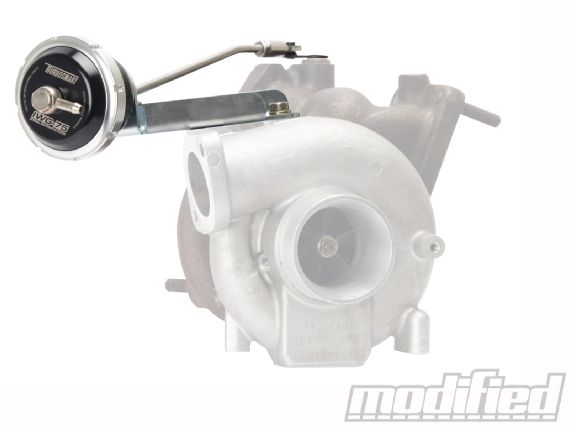 | Mitsubishi Evo Internal Wastegate Actuator from Turbosmart
| Mitsubishi Evo Internal Wastegate Actuator from Turbosmart
Internal
Wastegates are built into the turbine housing and consist of a “flapper” valve, crank arm, rod end, and pneumatic actuator. It is important to connect this actuator only to boost pressure; i.e. it is not designed to handle vacuum and as such should not be referenced to an intake manifold.
 | Turbosmart USA External Wastegate
| Turbosmart USA External Wastegate
External
Wastegates are added to the exhaust plumbing on the exhaust manifold or header. The advantage of an external wastegate is that the bypassed flow can be reintroduced into the exhaust stream further downstream of the turbine. This tends to improve the turbine’s performance. On racing applications, this wastegated exhaust flow can be vented directly to atmosphere.
Tips for Selecting a Turbocharger
- Have a target horsepower in mind
- Ask yourself what the primary use for the application is- Street, Track, Drag, etc.
- Inspect the turbocharger to make sure there aren’t any cracks or leaks on the interior and exterior of the housing
- Make sure the turbocharger’s turbine, compressor wheel size and housing is properly matched to your application.
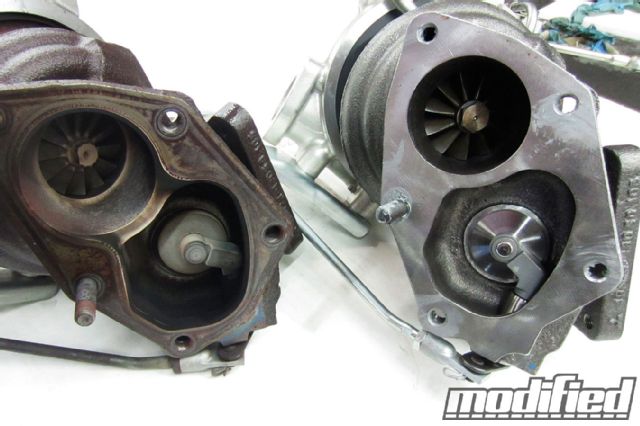 | Turbochargers
| Turbochargers
Advantages and Disadvantages
According to Yukio Taira of Garrett Turbos, a turbocharger’s advantage is that, “It is capable of a wide range of power output with a matter of easy tuning and adjustment. Also with the proper turbo matching, you can have a turbo set up that gives you linear power with very little time for boost.”
What about the disadvantages? Taira continues, “One disadvantage would be that it may create some heat due to the fact that a turbocharger uses exhaust gases for it to create boost pressure however, with proper shielding, cooling, and hood / bonnet ducting, it can be managed.”
Fuel Efficiency
When asked if turbocharged vehicles were more fuel efficient than naturally aspirated ones, Taira told us, “It is much more fuel efficient when driven with the right gearing comparative to a naturally aspirated or supercharged engine in normal commuter driving conditions.”
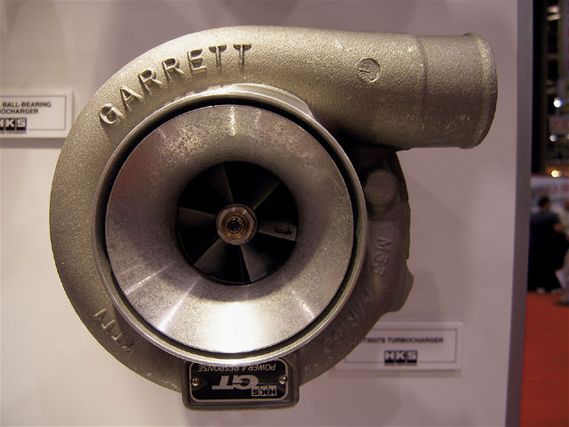 | Turbochargers
| Turbochargers
Turbocharger Longevity
According to Taira, “Longevity is all based off making sure that the turbochargers are operating within their designed and engineered limit which includes: turbo speed RPM (Garrett has a turbo speed gauge that monitors this), proper oiling, proper shutdown, prevention of foreign objects hitting the compressor / turbine wheels, and routine inspection of the turbochargers.”
For more information, please visit:
http://www.turbobygarrett.com/turbobygarrett/faq
http://www.turbobygarrett.com/turbobygarrett/turbo_tech_basic
http://www.turbobygarrett.com/turbobygarrett/turbo_tech_advanced


